The box of rocks that almost dethroned King of the Mountain Peter Brock
Everybody knew Peter Brock was a force to be reckoned with behind the wheel but not many people knew about his bizarre obsession with a box of crystals and how it almost cost him everything.
VIC News
Don't miss out on the headlines from VIC News. Followed categories will be added to My News.
Peter Brock was king of the mountain in racing and business.
By the beginning of 1987, he had eight Bathurst 1000 wins and three Australian Touring Car Championships under his belt.
He owned the Holden Dealer Team racing team and HDT Special Vehicles, turning standard Holdens into excitement machines.
He was a hero to legions of Holden fans.
But his obsession with a box of crystals that he believed provided a mercurial boost to any car it was attached to cost him his special relationship with Holden, the motoring giant that nurtured his prodigious driving talent and made him famous.
The Energy Polarizer was about the size of a packet of cigarettes and contained two magnets separated by a series of crystals, all suspended in epoxy resin.
Brock was certain the Energy Polarizer, when attached at a precise spot on a car’s firewall, would align its molecules and energy, making it perform and handle better.
As Brock himself told Wheels magazine in 1986, “It’s a magic cure. It makes a shithouse car good”.
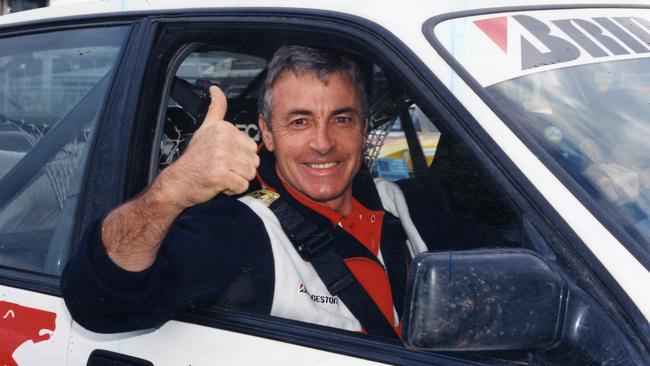
Brock’s long-time friend, motoring journalist Paul Gover, said Brock’s life changed in 1984 following a crash in Adelaide and an episode of emotional and physical exhaustion after an unsuccessful tilt at the Le Mans 24-hour sports car race in an all-star Aussie team.
“He wasn’t well. He got to know a chiropractor called Eric Dowker. Dowker used crystals in healing, and the two of them got to talking about how if crystals could align the energy in people’s bodies, maybe they could do the same thing in a car,” Gover said.
On Dowker’s advice Brock, a man known for his hard living in his younger days, gave up smoking and drinking, and became a vegetarian. Brock felt better.
He and Dowker became close. Together, and initially in secret, they began to “test” the effects of crystals on HDT racing cars. Soon, crystals became a part of the HDT workshop.
Reportedly, the appearance of a crystal over a dynamometer at HDT caused a falling-out between Brock and his racing partner and chief racing engineer Larry Perkins. Perkins left HDT.
Together, Brock and Dowker developed the Energy Polarizer.
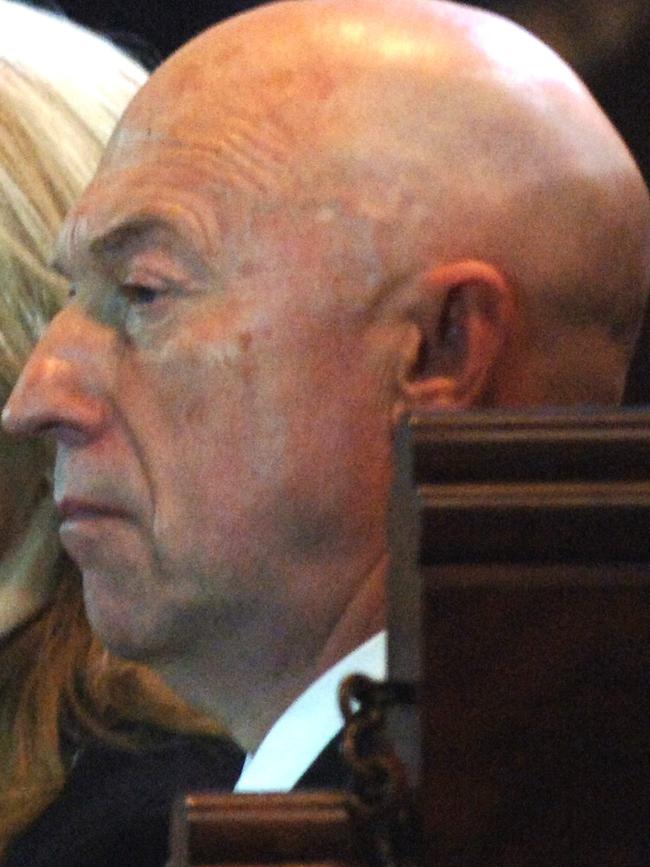
How did a petrolhead from Hurstbridge, a man whose life was defined by mechanical precision and technical innovation, come to believe in the power of crystals?
Gover said there were two Peter Brocks — the charismatic racing legend, and a spiritual man at home.
“There was a huge disconnect between the public Peter Brock and the private Peter Brock. The private Peter Brock painted and made sculptures and liked to sit in his garden and look at the finches, and a lot of other things. And the public Peter Brock drove race cars really fast,” Gover said.
“I used to joke that I would make an appointment with Brocky to talk to my friend Peter, because he was so different.”
Holden was always nervous about the Energy Polarizer — by 1986 an option on his road-going HDT performance vehicles — and its potential to damage the reputation of its most bankable motor racing star.
But he and Dowker persisted. At one stage, even seasoned motoring expert Gover was a convert.
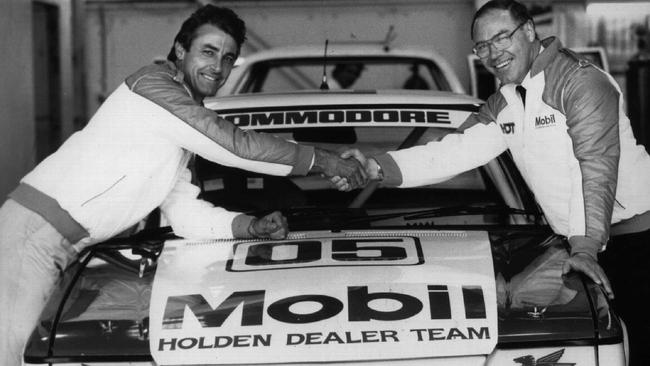
“At the time, I famously wrote that it worked, but from what I know now, I know that Peter fiddled with the car more than he let on at the time. So the car was different,” he said.
“I asked him before he died, and he still believed in it, but he said there was no way of proving that it worked.”
It wasn’t for lack of scientific testing.
Holden indulged Brock, sending Energy Polarizers to General Motors HQ in Detroit in 1986 for full tests that showed the little box had no effect. Brock refuted the results.
“Did it work? Probably not. Was it something that he passionately believed in? Yes. Was he prepared to tear up his career? Yes. And history will tell you that Holden sacked him and then hired him back some years later and he was the best thing that ever happened to the Holden brand.”
The axe fell in early 1987 when Brock defied Holden and launched the VL Director — a luxury car based on the VL Calais that would retail for a whopping $87,000 — a tick over $212,300 today.
Brock had not consulted Holden about the Director, which was built with independent rear suspension that was not available in any Commodore at the time, and came from the European General Motors Opel Rekord, on which Commodore was then based.
Every Director would also come with an Energy Polarizer.
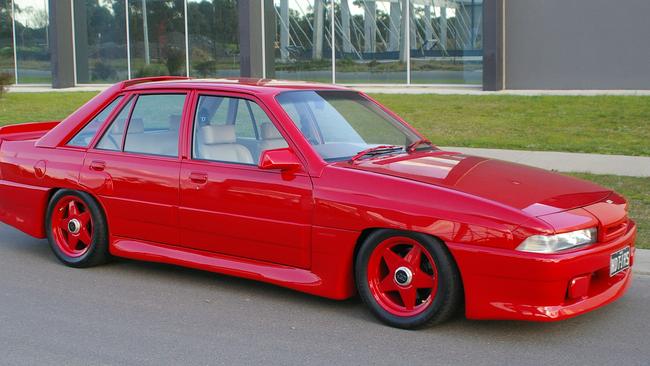
For the first time, this tied Holden directly to the Energy Polarizer, and to a car it had never seen, let alone approved.
During the launch, Brock acknowledged that Holden told him not to announce the car publicly but that he chose to go ahead anyway.
“The Director was a car that he produced on his own. It wasn’t authorised by Holden. He didn’t let them see it, and they didn’t know anything about it. It had a Polarizer in it that they were never going to certify,” Gover said.
“But (the Energy Polarizer) was the main reason he and Holden parted ways. He said it worked. They said there’s no proof. He said: ‘I’m telling you it works’. They said: ‘You don’t have any proof. You’re not allowed to put them on our cars because we have to sell them and give them warranties and if it’s not something we believe in, you can’t do it’.”
Holden pulled the plug on Brock’s whole operation, a decision that was painful for Brock, his staff and Holden.
“There are still people who hate him and hate the memory of him,” Gover said.
“He lost friends out of it. He made enemies out of it. He had death threats out of it. It was a horrible time, and you’ve got to remember that he still passionately believed in the whole thing.”
Brock raced a Commodore for the rest of 1987, gaining a third place at Bathurst in October. After a long appeals process, the first and second placed Ford Sierras were disqualified over technical breaches, and Brock was awarded his ninth Bathurst crown.
That slightly hollow victory would be his last.
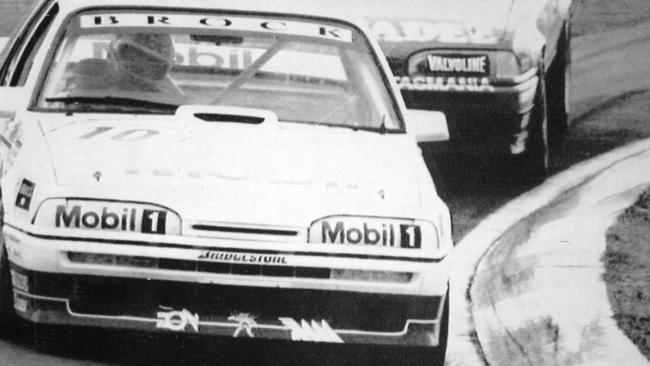
In 1988, Brock raced a BMW M3 and in 1989 switched to the arch enemy, Ford, behind the wheel of the all-conquering Ford Sierra.
He became involved in importing Soviet-built Lada cars, and developed a Brock version of the Lada Samara hatchback.
Using the HDT formula again, he later built Brock-branded Falcons, Fairmont Ghias, Fairlanes and Maverick four-wheel drives once he linked with Ford.
Holden swooped on the HDT business model and established Holden Special Vehicles in 1988, with Brock’s former HDT ally John Harvey and British racer Tom Walkinshaw.
It also set up a new factory-backed racing team with Walkinshaw.
Brock the racer was so popular that sponsors including his main supporter outside Holden, Mobil, followed him through all the changes and marques.
Gover said Brock’s personal brand transcended all the controversy.
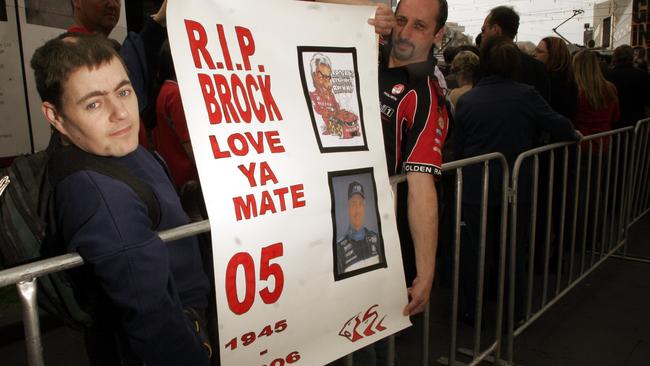
“He had a very rare ability to shine a light on people. There are some politicians — Bill Clinton was apparently one — where for the 32 seconds they’re looking at you and you’re looking at them, you feel like nothing else in the world is important. Peter was like that too,” he said.
In 1991, Brock joined Perkins’ racing team as a driver, striking out on his own in 1992 and 993 before he was invited by Holden back to the fold, driving for the Holden Racing Team, in 1994.
Brock, who had retired from full-time racing in 2004, was killed in a crash in a rally in Western Australia on September 8, 2006.
In 2011, a performance car-making company that took over the HDT brand released a “heritage” series of hot Commodores linked to Brock’s most successful HDT cars.
RELATED:
PAUL GLOVER’S TOP 50 CARS OF ALL TIME
THE LOST RACING TRACKS OF MELBOURNE
FIRST FALCON ALMOST ENDED OZ FORDS
One, a modern VE Commodore with improvements that echoed Brock’s 1980s VL SS Group A model, included an Energy Polarizer — a move that was authorised by Bev Brock, Peter’s long-time partner.
Did Brock regret the pain caused by the Energy Polarizer? No way, Gover said.
“Peter never looked backwards. He would have done exactly the same,” he said.
“At the end of his life, would he have had any regrets about it? Absolutely not. He wasn’t that sort of a bloke. He left a lot of chaos behind — an unbelievable amount of chaos — but he would just say, ‘I did what I did. At the time, I believed in it. Let’s move on’.”
